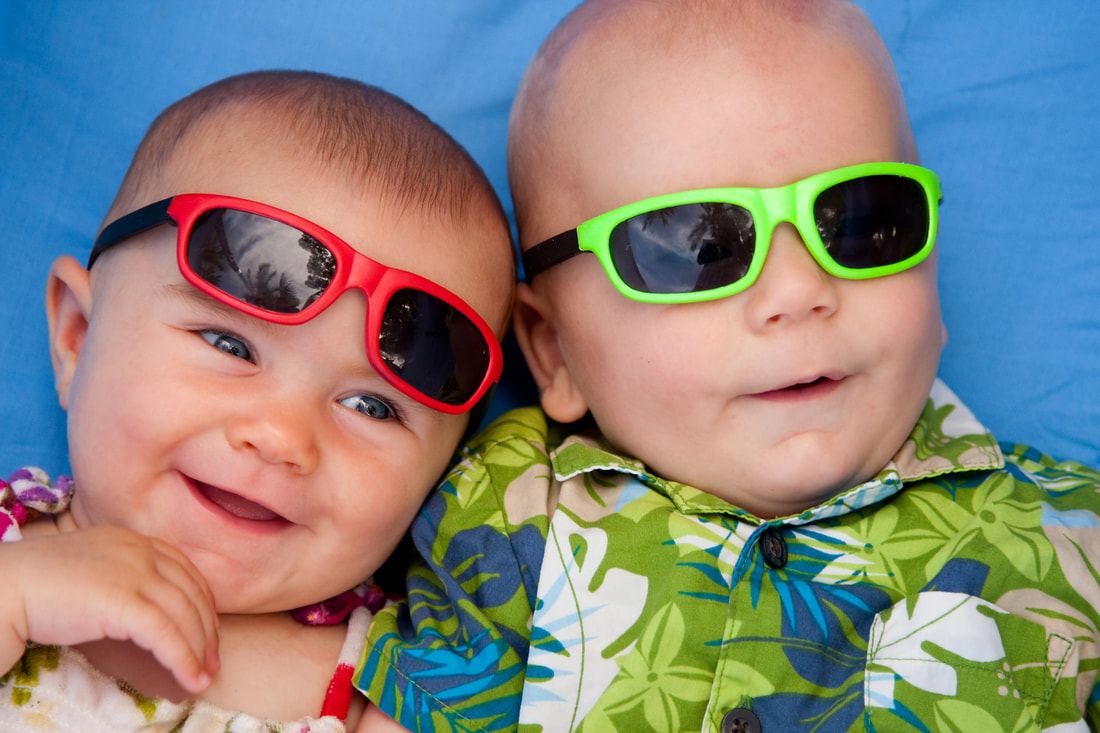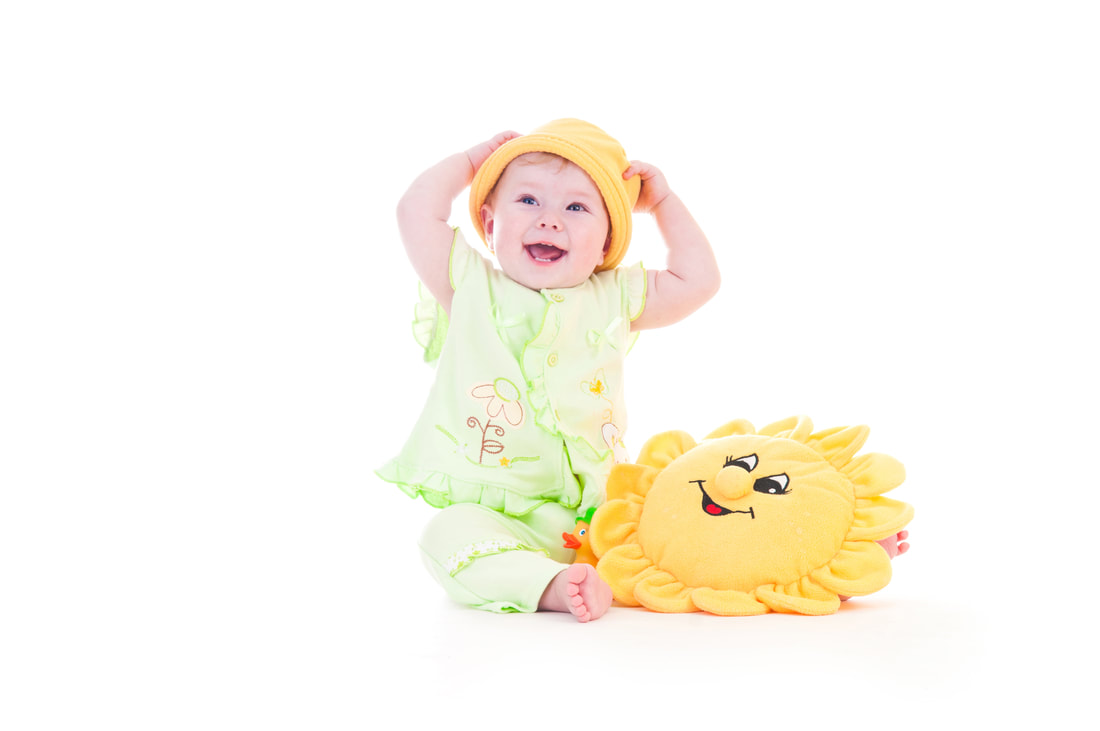
Summer is just around the corner so time to give some thought to how you are going to protect your baby from the sun and heat. This article will provide clear information to enable you to make the best decisions in protecting your baby from sun and heat.
Is it safe for my baby to go out in the sun?
Whilst babies are under six months old, they are advised to be kept out of strong direct sunlight. Babies’ skin is much thinner than children or adults, so UV rays can cause sun damage in a very short space of time. Babies are also more susceptible to heat, thus increasing temperatures can make them seriously unwell and has been linked to Sudden Infant Death Syndrome (SIDS).
- Risks
- Overheating.
- Sunburn.
- Timings
- Choose a breathable and UV protecting buggy cover
- Easy accessibility to facilitate regular checks on your child and,
- Sufficient air circulation within the pram which will help regulate the temperature for your child.
- Can I use a parasol?
If you decide to use a parasol, ensure you choose a UV resistant version and that you consistently check that your baby remains shaded by the parasol.
- Can I use a muslin cloth?
- What’s the safest option?
- Parking your buggy
- Regular checks
- Check if your baby is sweating.
- Feel their tummy – it should be warm but not hot.
- Check for flushed or red cheeks.
- You could carry a thermometer with you. A specific baby digital thermometer can be purchased and should be used in the baby’s armpit or ear. A healthy temperature hovers around 36.4 degrees centigrade.
Further protection for your baby:
Babies over six months old can enjoy a limited amount of sunlight, providing they have been protected by the appropriate measures.
- Skin colour – Babies with very pale skins are most at risk from burning, however, babies with darker skin are still susceptible to sun damage and can burn.
- Shade – UV rays can still burn and overheat babies in the shade!
Clothing:
Choose tight-weaved clothing that covers the baby’s whole body. Look for garments with a UPF of 50 which will block 98% of UV radiation.
Choose wide-brimmed sun hats (not caps) which will cover your baby’s neck and ears too.
They should also wear sun glasses to protect their eyes. Sunglasses should meet the British Standard (BSEN 1836:2005) and carry the CE mark – check the label. This is because the UV rays can cause eye damage to a baby’s young eyes.
Sun Cream:
In the UK the general advice is that children under 6 months should not use sun cream.
Why?
Infants’ skin is thinner than adults, with a much thinner stratum corneum, the dead outermost skin layer. Therefore, an infant’s skin is less able to protect the body effectively against chemicals in sunscreen which could penetrate deeper into their skin, making newborn babies more vulnerable to allergic reactions such as contact dermatitis, inflammation or other harmful effects from chemical absorption. Newborn skin also lacks the film on the skin’s surface (known as the acid mantle) that protects the skin from bacteria viruses, and trans-epidermal water loss (TEWL), a condition that can lead to dehydration. The lack of the acid mantle could leave babies more vulnerable to the chemicals in sunscreen.
Babies also have a higher surface area-to-body weight ratio than older children and adults. A baby’s body surface area is about four times the body surface area-to-weight ratio in adults, which gives a far greater body surface area and leaves them exposed to far greater penetration by chemicals. In adults, most sunscreen ingredients don’t get absorbed systemically into the bloodstream — and those that do are absorbed in tiny amounts. However, for babies this is far more likely.
In addition, babies could try and lick sun cream from their bodies causing it to be ingested. This is another reason the Skin Cancer Foundation (www.skincancer.org) recommends delaying the use of sunscreen until your baby is at least six months old.
There has been very little research undertaken on sunscreens for babies, most studies have been done on adults.
Using Sun Cream
If your baby has reached over six months of age, they should be wearing sun cream from around April to October (use your judgement to decide – they may need it as early as March, weather dependent).
Babies and young children are more prone to rashes than adults. One fifth of adults report skin irritation from sun cream, so it is important to:
1. Choose a sun cream designed for babies.
2. Test the cream first.
- Choose wisely
You should choose a high factor (SPF 50). For children the NHS recommend at least a factor 15. It should have at least a four-star UVA and UVB protection rating. There are specific sun creams created for babies which you can buy.
Check the expiry date and discard when out of date.
Some brands offer tinted versions of sun cream so that you can see where you have put the product.
- Do a patch test
- How to apply suncream
Apply sunscreen liberally to any area of your baby’s skin that isn’t covered up by clothes or a hat. Remember to include his hands and feet, and the back of his neck and ears.
- Pat, don’t rub! It’s best to pat it on rather than rub it in. If you can, put sunscreen on your baby 15 minutes before they are exposed to any sun.
Cover exposed parts of your child’s skin with sunscreen, even on cloudy or overcast days. Apply sunscreen to areas not protected by clothing, such as the face, ears, feet and backs of hands. Be especially careful to protect your child’s shoulders and the back of their neck when they’re playing, as these are the most common areas for sunburn.
- Reapplication
Other tips for keeping your baby safe from the heat and sun in summer:
- Fluids
- Sleep
When out and about in the summer with your baby in a buggy or pram, sleep can be more problematic. Don’t be tempted to put a blanket over the pram to block out the sunlight as this can trap warm air within the buggy, causing the temperature to soar to dangerous levels.
Instead ideally opt for a mesh pram cover that will block out sunlight and allow air to circulate. Always ensure you park your buggy in the shade and keep checking to ensure it remains shaded and cool.
- Cloudy days
- The impact of water
If your baby has sunburn:
Firstly, don’t panic!
- Do, however, treat the burn more seriously than you would an adult’s. Remove them from the sunlight immediately and take them indoors, preferably into a cool or air-conditioned environment.
- Shower the affected area for 10 minutes under tepid water, then apply neat aloe vera. Seek immediate medical advice if a baby or child has become sunburnt, particularly if their skin has blistered.
- Give them regular drinks of cool water to ensure they remain hydrated.
- If they show signs of heat exhaustion – hot, flushed, sweaty, unsettled, vomiting or diarrhoea – always get medical advice immediately.
With these tips in mind, enjoy the sunshine!
Life First provides this information for guidance and it is not in any way a substitute for medical advice. Life First is not responsible or liable for any diagnosis made, or actions taken based on this information. It is strongly advised that you attend a First Aid course to understand what to do in a medical emergency.
Adapted from a post by Emma Hammett at https://firstaidforlife.org.uk/ Kate Ellwood (May 2019)


